Kód: 04520540
A History of the County of Somerset
Autor R. W. Dunning
Andersfield, Cannington, and North Pether-ton hundreds together occupy the Lower Par-rett valley stretching from the Quantock ridge in the west to King's Sedgemoor in the east, and from the Bristol Channel in the north to the rive ... celý popis
- Jazyk:
 Angličtina
Angličtina - Vazba: Pevná
- Počet stran: 418
Nakladatelství: Oxford University Press, 1992
- Více informací o knize

Mohlo by se vám také líbit
-
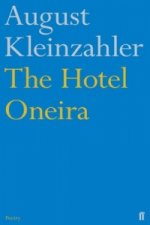
Hotel Oneira
403 Kč -

To Bless the Space Between Us
898 Kč -
Ecological Implications of Contemporary Agriculture
2477 Kč -

Handloader's Manual - A Treatise on Modern Cartridge Components and Their Assembly by the Individual Shooter Into Accurate Ammunition to Best Suit His
1260 Kč -

Every Bitter Thing
475 Kč -
Biblical Women-Submissive?
657 Kč -

Haderer Jahrbuch Nr. 9
379 Kč
Darujte tuto knihu ještě dnes
- Objednejte knihu a zvolte Zaslat jako dárek.
- Obratem obdržíte darovací poukaz na knihu, který můžete ihned předat obdarovanému.
- Knihu zašleme na adresu obdarovaného, o nic se nestaráte.
Více informací o knize A History of the County of Somerset
Nákupem získáte 254 bodů
 Anotace knihy
Anotace knihy
Andersfield, Cannington, and North Pether-ton hundreds together occupy the Lower Par-rett valley stretching from the Quantock ridge in the west to King's Sedgemoor in the east, and from the Bristol Channel in the north to the river Tone in the south. By the late 11th century the settlement pattern was dense, especially between the Quantocks and the Par-rett, an area crossed by the Saxon 'herpath' in the north and including the 10th-century strongholds of Athelney and Lyng in the south and the Domesday royal manors of Can-nington, North Petherton, and Creech St. Michael. The origin of the medieval royal park at North Petherton can be traced to a pre--Conquest royal forest on the Quantocks, and North Petherton was an extensive minster parish. Bridgwater, a chartered borough from 1200, is the only significant town. By the later Middle Ages its port served central, south, and west Somerset, and until the 19th century heavy goods continued to be transported along the Parrett, the Tone, and the Bridgwater and Taunton canal into Dorset and Devon. The pattern of settlement is varied, with a few nucleated villages, roadside villages, and many dispersed hamlets. Interlocking parish boundaries indicate complex economic units and late parochial formation. Arable farming predominated until the 16th century, partly in open arable fields. In the 17th century there was an emphasis on stock rearing and an increase in dairying and orchards, large-ly the result of improved drainage. Cheese was an important product of the area in the 18th century, and in the 19th baskets from locally grown willow. Woollen cloth production con-tinued into the 17th century. From the late 17th century the alluvial clays of the Parrett valley provided material for the bricks and tiles for which Bridgwater became well known in the 19th century. Substantial estates whose houses wholly or partially survive include Fairfield, Gothelney, Gurney Street, West Bower, and Sydenham. Halswell House was from the later 17th century the grandest mansion in the area, and Enmore Castle was built in the later 18th century.
 Parametry knihy
Parametry knihy
Zařazení knihy Knihy v angličtině Humanities History Regional & national history
2537 Kč
- Plný název: A History of the County of Somerset
- Podnázev: Volume VI: Andersfield, Cannington, and North Petherton Hundreds (Bridgwater and Neighbouring Parishes)
- Autor: R. W. Dunning
- Jazyk:
 Angličtina
Angličtina - Vazba: Pevná
- Počet stran: 418
- EAN: 9780197227800
- ID: 04520540
- Nakladatelství: Oxford University Press
- Hmotnost: 1918 g
- Rozměry: 305 × 208 × 44 mm
- Datum vydání: 01. January 1992
Oblíbené z jiného soudku
-

Hundred Years' War on Palestine
338 Kč -

Ethnic Cleansing of Palestine
357 Kč -

History of Japan
405 Kč -

Ten Myths About Israel
336 Kč -

Strange Death of Europe
410 Kč -

Decline and Fall of the Roman Empire
130 Kč -
Secret History
303 Kč -

God's Playground A History of Poland
1700 Kč -

Mayflower
385 Kč -

How to be a Victorian
357 Kč -
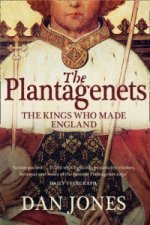
Plantagenets
331 Kč -

General's Son
429 Kč -

Iran: A Very Short Introduction
225 Kč -
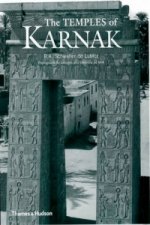
Temples of Karnak
3798 Kč -

Cuneiform
276 Kč -
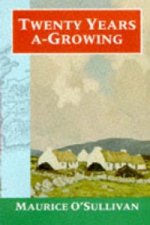
Twenty Years A-Growing
250 Kč -
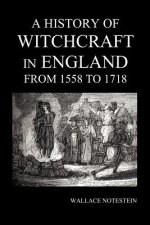
History of Witchcraft in England from 1558 to 1718
453 Kč -

China in Africa
894 Kč -
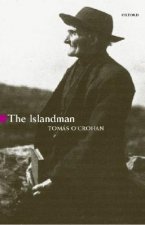
Islandman
250 Kč -

Bohemian Paris
414 Kč -
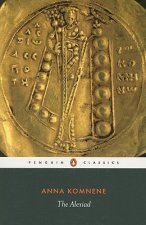
Alexiad
423 Kč -
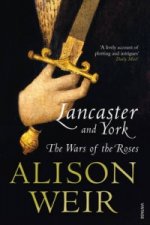
Lancaster And York
388 Kč -

Inside Hitler's Greece
519 Kč -

Modern France: A Very Short Introduction
233 Kč -

Diana: Her True Story - In Her Own Words
306 Kč -
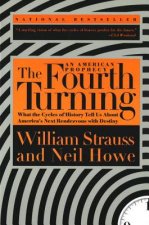
The Fourth Turning
433 Kč -

The Oxford History of Ancient Egypt
384 Kč -

Churchill: The Power of Words
410 Kč -

Palestine
534 Kč -
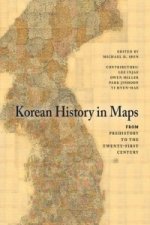
Korean History in Maps
706 Kč -

Great Gatsby (Wisehouse Classics Edition)
405 Kč -
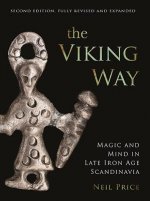
Viking Way
1144 Kč -

The Thirteenth Tribe
308 Kč -

My Promised Land
517 Kč -

Vanished Kingdoms
514 Kč -
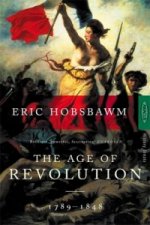
Age Of Revolution
410 Kč -

Life and Death of Anne Boleyn
624 Kč -

Coming of the Third Reich
464 Kč -
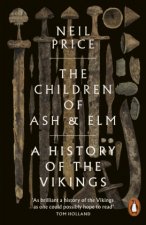
Children of Ash and Elm
462 Kč -

Europe Between the Oceans
798 Kč -

Socialism Betrayed
475 Kč -

303 Squadron
464 Kč -

Ancient Celts, Second Edition
624 Kč -

Dancing in the Glory of Monsters
395 Kč -

Battle of Britain: Luftwaffe Blitz (Images of War)
606 Kč -
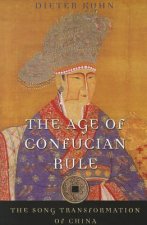
Age of Confucian Rule
851 Kč -

Beyond Band of Brothers
410 Kč -

Benjamin Franklin
410 Kč -

On China
462 Kč
Osobní odběr Praha, Brno a 12903 dalších
Copyright ©2008-24 nejlevnejsi-knihy.cz Všechna práva vyhrazenaSoukromíCookies



 Vrácení do měsíce
Vrácení do měsíce 571 999 099 (8-15.30h)
571 999 099 (8-15.30h)